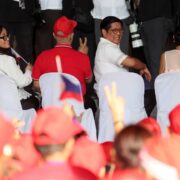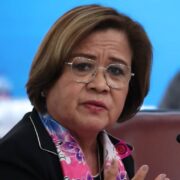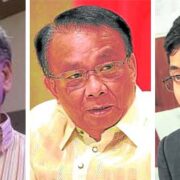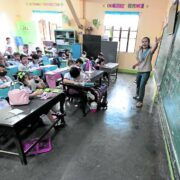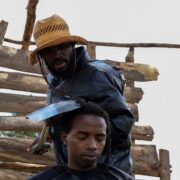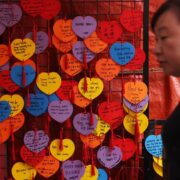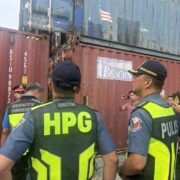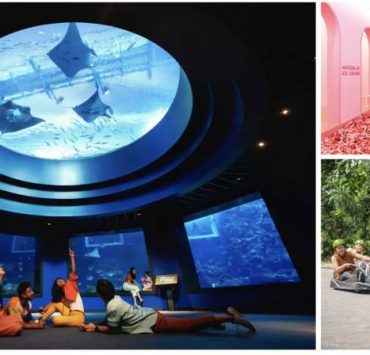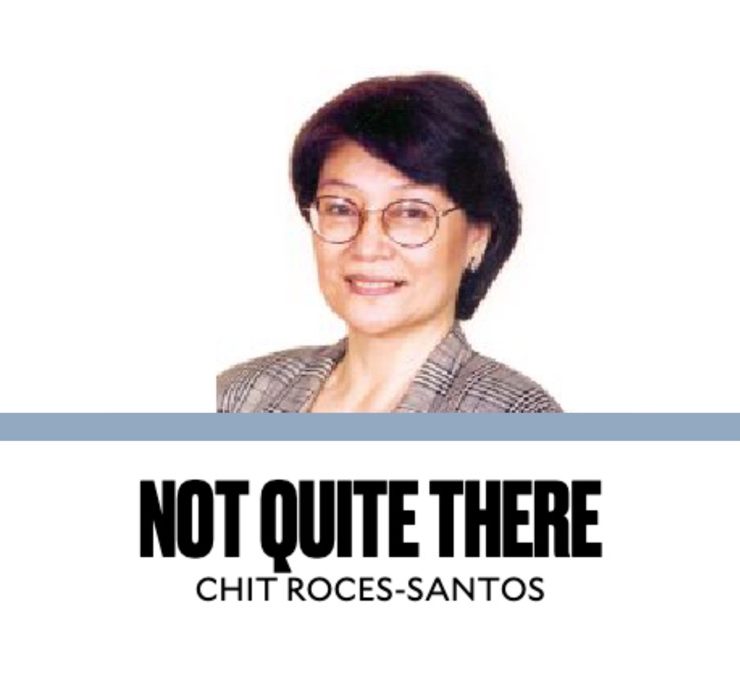Are we back where we were?
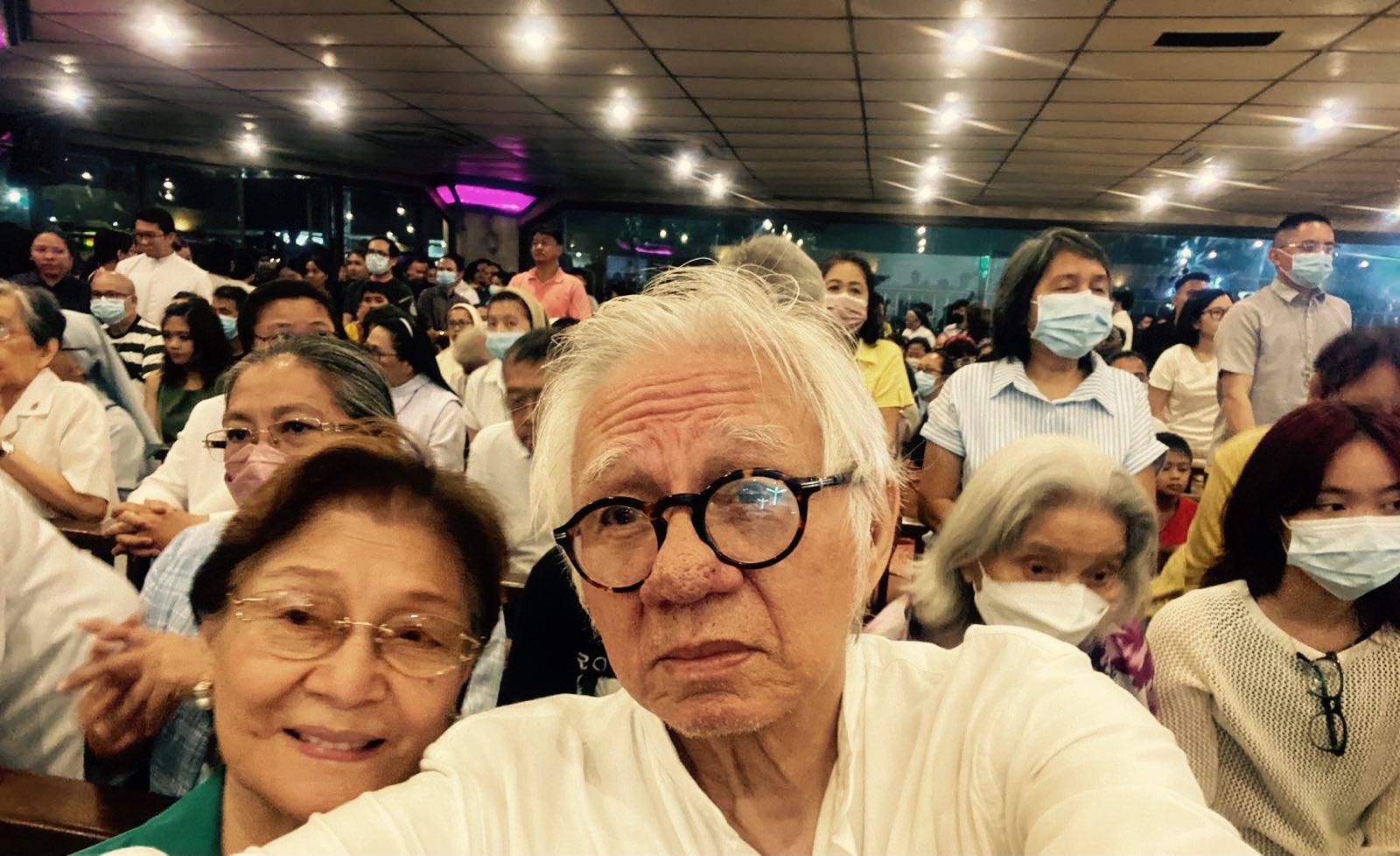
I was 46 years old when the miracle at Edsa happened. I had been living alone in a two-bedroom condo across from Xavier School from where I walked every day to and from Edsa. There was no other way to go but walk—the roads had been closed to cars from my corner to Ortigas, and from there to as far as the eyes could see toward Quezon City. All those days I walked by myself, certain I’d see familiar comrades among family and friends. At one point I thought I saw my Tita Marina (Antonio), herself passing around trays of food at the gates of Crame, the constabulary camp where the soldiers who had broken with the dictator had been holding out. If Tita Marina is here, then everybody must be here! I thought.
People were so generous to one another. I didn’t have to bother to bring anything to drink; there was enough bottled water going around. For bathroom breaks, or for longer breaks, I walked back home, with friends. We were, after all, still fit and young.
I stayed until early dawn once and caught the pan de sal man on his bike throwing paper bags of the stuff, still warm, to the crowd. Everyone shared everything and became instant friends. No one lost anything as usually likely in a crowd, and hadn’t been a crowd that size—modestly rounded off to a million! There, all the virtues of the Filipino were on display. I looked at the multitude and felt one with them. At that moment I felt real affection for all those like-minded and like-hearted fellow Filipinos. We were demanding back our freedom just by being there.
Martial law
My own personal future, as happened, seemed as uncertain as the nation’s, but things also seemed coming together in a way I could never have imagined. I had met my second husband when I went back to journalism school a year or two after my separation in 1980.
Vergel, in the course of his work as a journalist, had already met my dad, who had been serving his fifth term in Congress for a district in Manila when the term was cut short by martial law, in 1972. They met again, through me, and together they revived my family’s newspaper, The Manila Times, preeminent in its time. I was so proud watching them produce it together, though in just over two months since the eve of the snap election, on Feb. 6.
Vergel, the executive editor, would himself expose it for a secret unsavory investor and leave it, along with all his staff, thus sending it to its doom. My own father’s stint at the Times had been shorter, having been conscripted by President Cory Aquino as Philippine representative in Taiwan. But in his brief heyday, foreign correspondents expressed their admiration for the paper and asked to meet its editors. Indeed, it became itself a news subject and was glowingly written about.
After work, Vergel himself went to Edsa, “for an on-the-spot feel of history as it is made,” he said. For many of us, Edsa had felt all fun, noble and redemptive fun though, and prayers until the ground moved and shook from under us. Yonder, at the highest point of Edsa visible to us, a platoon of tanks began to appear. They seemed closer than they actually were. My heart was pounding. Is this how I’m going to die? Everyone was transfixed. The nuns began to lead in another round of rosary, our only refuge.Then a buzz went around, an alert that soldiers were marching toward Edsa from a blind side. Edsa revolutionaries, mostly young men and boys really, responded to a call for volunteers and proceeded to hold that side. I felt for the wives, mothers and sisters who silently watched them go. Later we learned that some of them had suffered serious injuries from being hit with gun butts, and that the priests leading them said to let the soldiers through.
Changed sides
I was relieved that a son of mine who worked as a cub reporter for Times was not one of those young men. He had in fact disappeared all those four days . I learned later he was right inside Crame, and later would give his own fairly true-to-character assessment of the mood among the defectors, their leaders especially, Fidel Ramos and Juan Ponce Enrile. He thought the world of Ramos, who has since passed on, but became a creditable president. The other, of course, with all the time to do it—he just turned 100—has changed sides through the post-Edsa years, and completed his cycle from Marcos to Marcos—he is now chief presidential legal counsel to the dictator’s son, the present President.
It’s hard to believe that we ourselves are completing the same cycle, although in the opposite sense to Enrile’s. It felt that way especially when we revisited Edsa in commemoration of its 38th year, on Feb. 25. We went to the Shrine and heard Mass following a good-sized demonstration on streets around it.
Bishop Pablo David, the activist president of the Catholic Bishops’ Conference of the Philippines, led at least a dozen other priests in a concelebration of the Mass, and delivered the homily, a powerful one that moved me to tears—it brought back the scourge of martial law, in particular the murder of Ninoy Aquino, which fueled the slow simmer toward Edsa, two-and-a-half years later.
And, well past my fighting years, I ask myself: Are we back where we were? INQ




